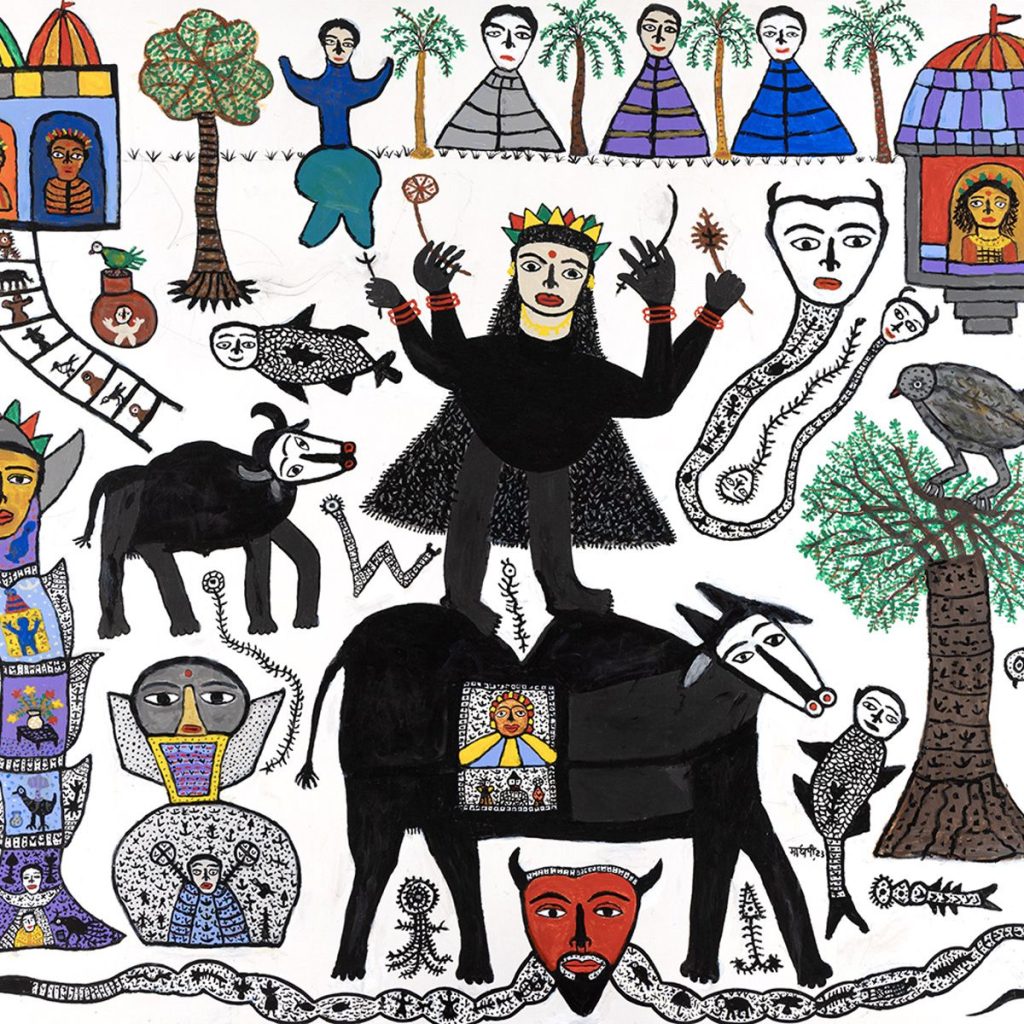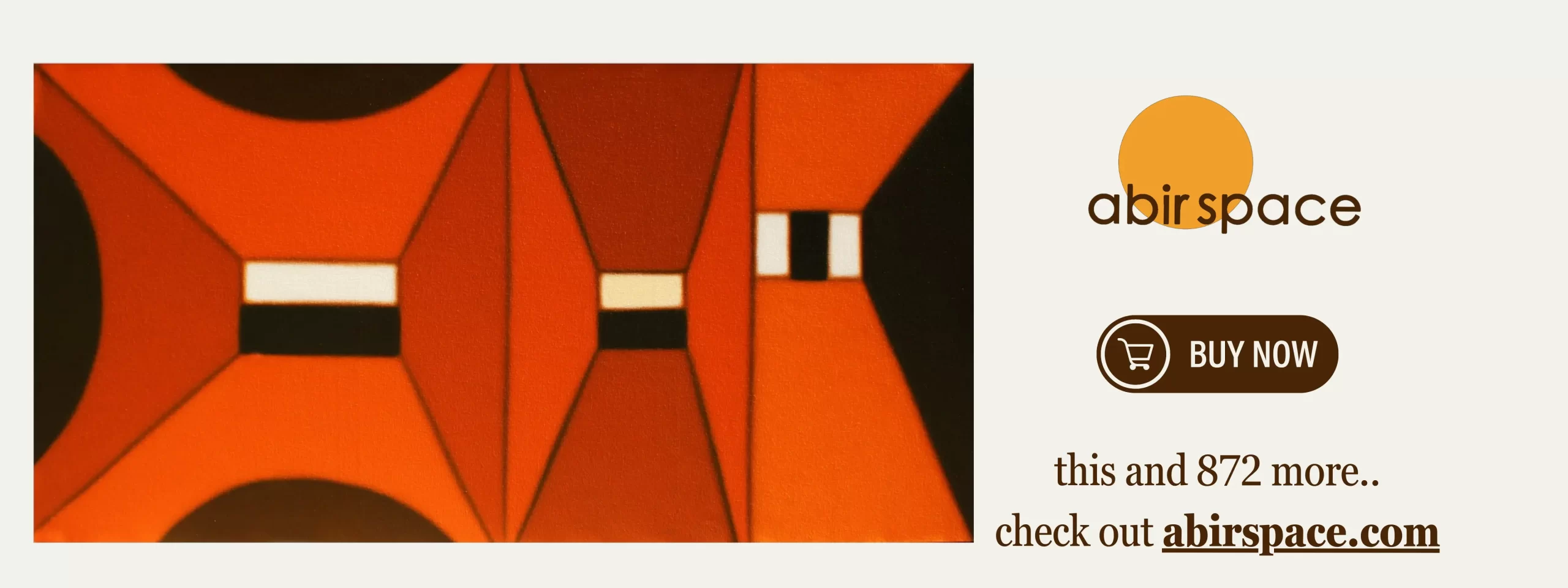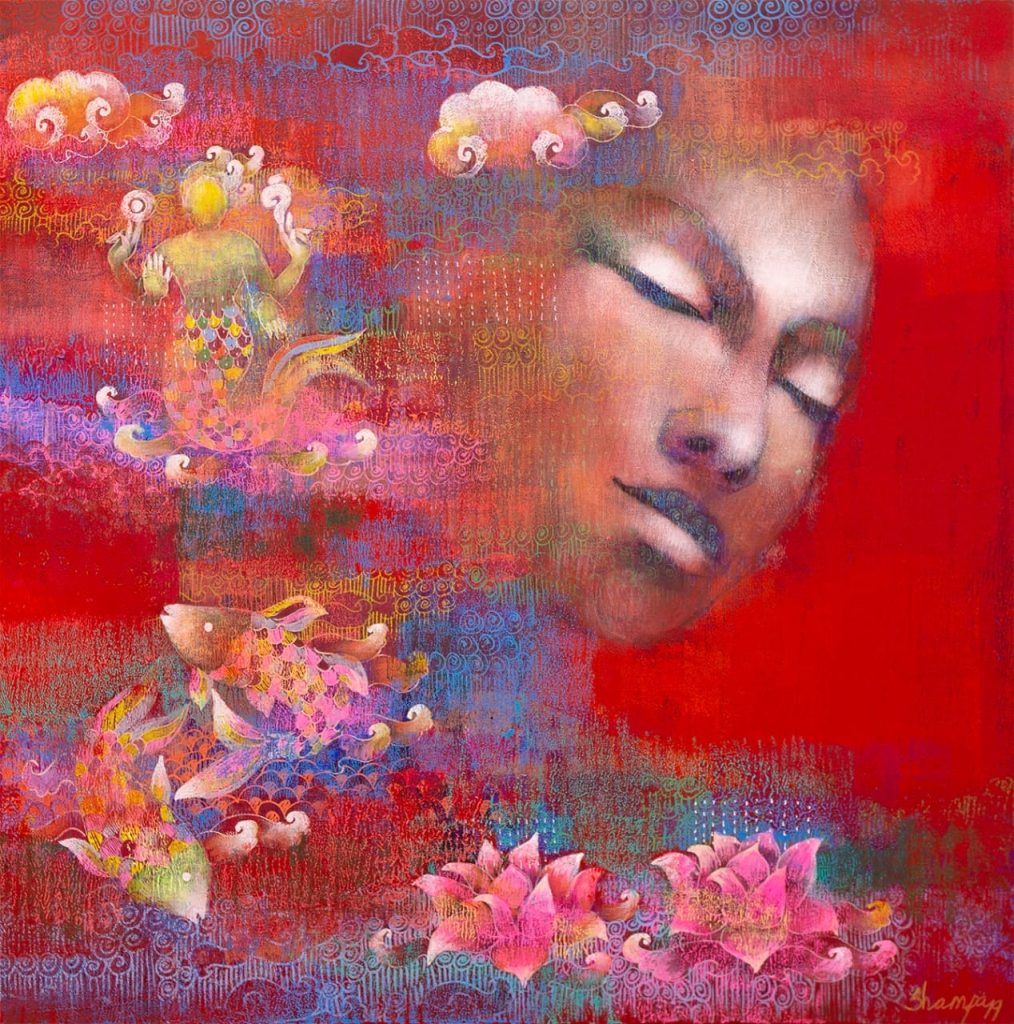Delhi Art Gallery presents two Exhibitions- a Solo Exhibition by Madhavi Parekh titled ” Remembered tales” and Deconstructed Realms, a Group Exhibition.
Remembered Tales
One of India’s most distinctive artistic voices, Madhvi Parekh (b. 1942) has spent over six decades developing a practice entirely her own—independent of movements, trends or schools. A self-taught artist, her work is rooted in personal memory, folklore and an imaginative inner world shaped by her childhood in Sanjaya, Gujarat.
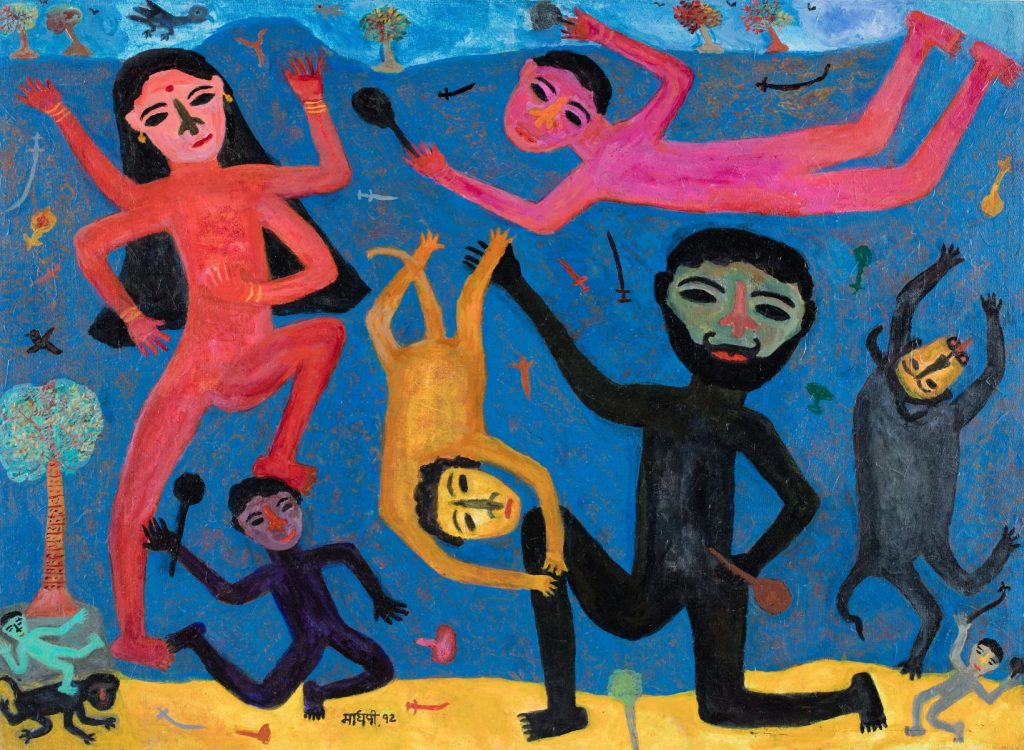
Madhvi Parekh: Remembered Tales showcases a fresh, never-before-seen body of work that reaffirms the artist’s pioneering role in shaping a unique idiom of modernism. The exhibition takes its name from Parekh’s lifelong habit of drawing—her sketchbooks, filled with spontaneous images and everyday details, inspired many of these new paintings. In revisiting them, Parekh finds not repetition but renewal. They speak to the rhythms of daily life—where her art remains inseparable from the domestic realm. For Parekh, no object or detail is too small, reflecting the quiet introspection that defines her artistic practice.
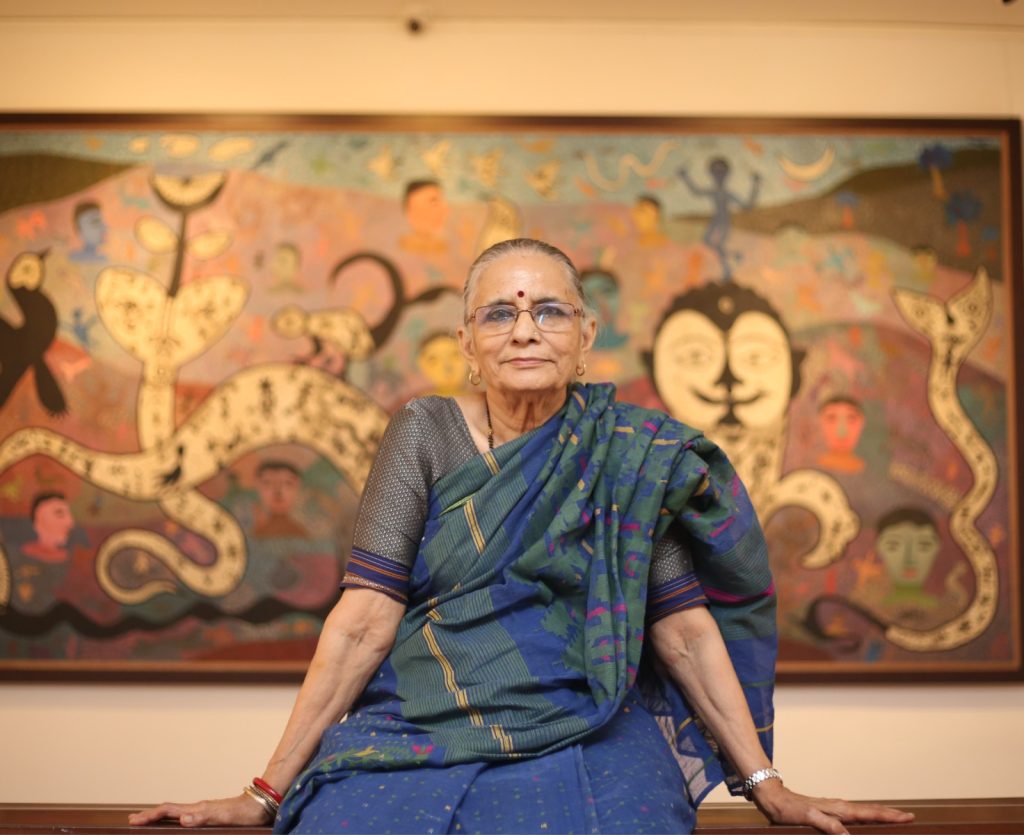
MADHVI PAREKH
REMEMBERED TALES
| New Delhi: 11th July 2025 – 23rd August 2025 Venue: 22A Windsor Place, Janpath, New Delhi Monday – Saturday, 11:00 am to 7:00 pm |
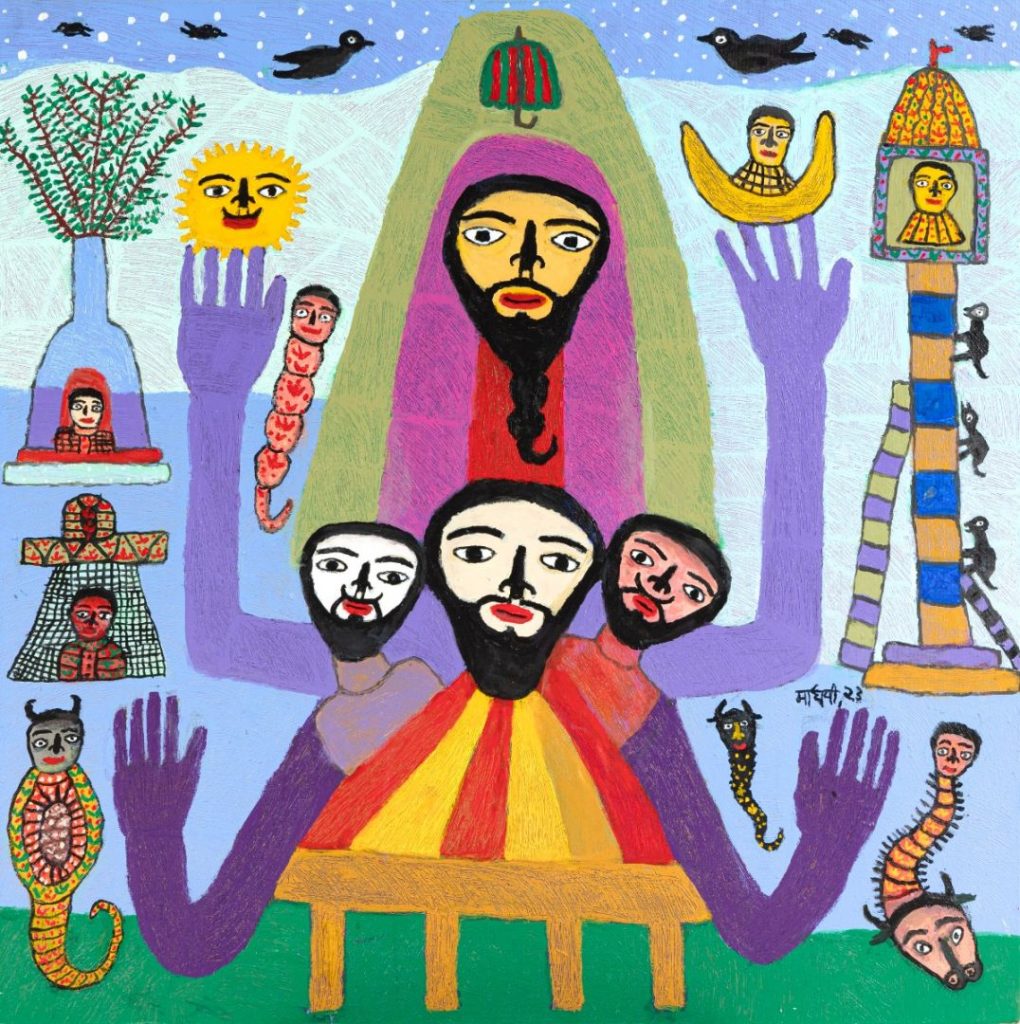
In the presence of dots, lines, circles and triangles, her paintings have been compared to those of Paul Klee, and in the presence of fantastical and bulbous creatures, to those of Joan Miró. A documentary film on the Parekh couple, titled Dwity, was made by Suraj Purohit in 1992. A retrospective on the artist that was held in New Delhi and Mumbai travelled to New York as well. The artist lives and works in New Delhi.
Deconstructed realms
Indian art in the twentieth century was shaped by a rich blend of influences—both Indigenous and Western—that culminated in a distinctive visual language developed by Indian modernists. In a post-war world, as artists began to engage with art from around the world, a dynamic exchange of ideas, influences, and movements took shape. Among the many currents that permeated the artistic consciousness of Indian modernists in the early twentieth century was Cubism, a revolutionary art movement originating in Europe. Though rooted in colonial histories and the appropriation of African artifacts, Cubism offered a visual language that transcended its European origins. Its splintered representation of form and combining multiple perspectives resonated with Indian philosophical views of time and space as cyclical and multi-dimensional.
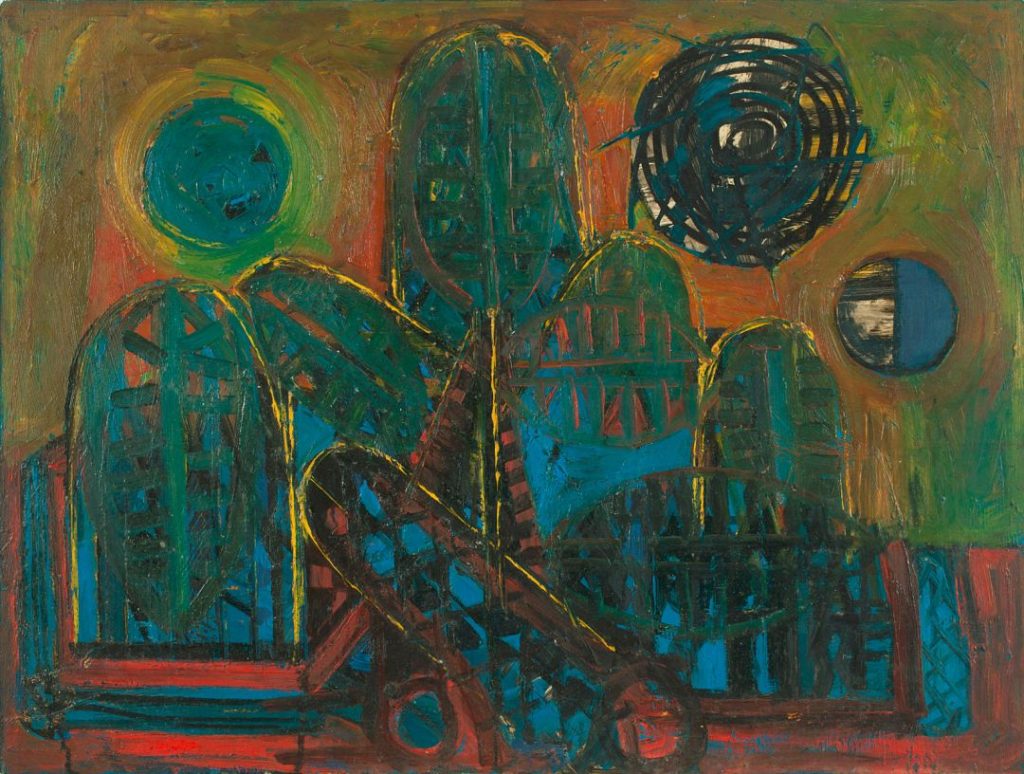
The journey of Cubism in India began in the 1920s with Gaganendranath Tagore and some of the Bengal School artists, who first planted the seeds of this radical style, introducing fragmented and fractured forms that would challenge conventional artistic expression. This early engagement with Cubism set the stage for a broader exploration of modernism in India. In the decades following independence, Indian modernists began to fuse regional influences, such as tantra-inspired motifs, with the techniques of Cubism, reflecting the shifting identity of a newly independent nation. This assimilation positioned Indian art within the global dialogue of modern art while also reimagining and redefining its own cultural narrative.
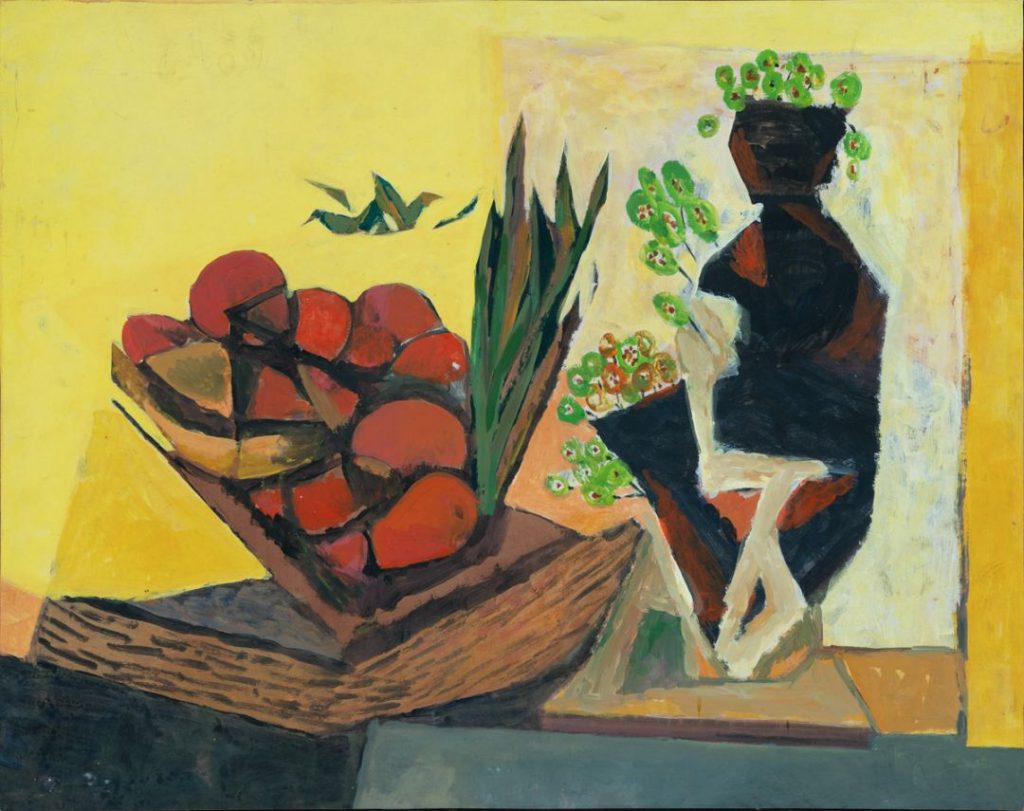
As the movement progressed, Indian artists embraced an increasingly experimental language, moving away from the figurative and embracing abstract cubist compositions. Deconstructed Realms: India’s Tryst with Cubism highlights this transformation, showcasing how modernists broke new ground, pushing boundaries and creating innovative artistic expressions that redefined the visual language of a nation in flux. It offers a glimpse into the brief yet profound encounter between India and Cubism, revealing its lasting impact on the evolution of modern Indian art.
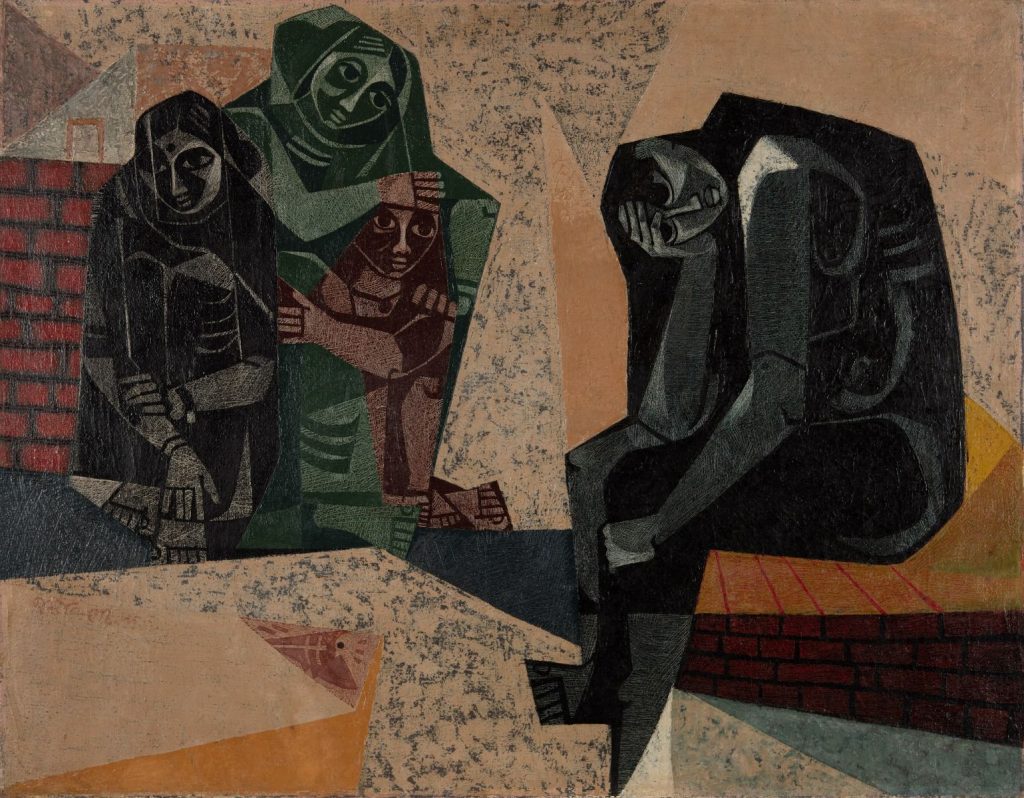
DECONSTRUCTED REALMS
INDIA’S TRYST WITH CUBISM
| Mumbai: 6th July 2025 – 6th September 2025 Venue: The Taj Mahal Palace, Apollo Bunder, Mumbai Monday – Saturday, 11:00 am to 7:00 pm |
Featured artists : A. A. Raiba, Amit Ambalal, Asit Kumar Haldar, Avinash Chandra, Bikash Bhattacharjee, Biren De, Chittaprosad, Devayani Krishna, Devraj Dakoji, Dhanraj Bhagat, G.R Santosh, Gaganendranath Tagore, George Keyt, Hemanta Misra, J Sultan Ali, Jyoti Bhatt, K G Subramanyan, K Laxma Goud, K.S. Kulkarni, Laxman Pai, Manu Parekh, Mohan Samant, Nandalal Bose, P. Khemraj, P. T. Reddy, Paritosh Sen, Partha Pratim Deb, Piraji Sagara, Prosanto Roy, Rabin Mondal, Rabindranath Tagore, Ram Kumar, Ramkinkar Baij, S.K. Bakre, Sanat Kar, Satish Gujral, Shanti Dave, Shyamal Dutta R, Somnath Hore, Sunil Madhav Se and V. Viswanadhan.
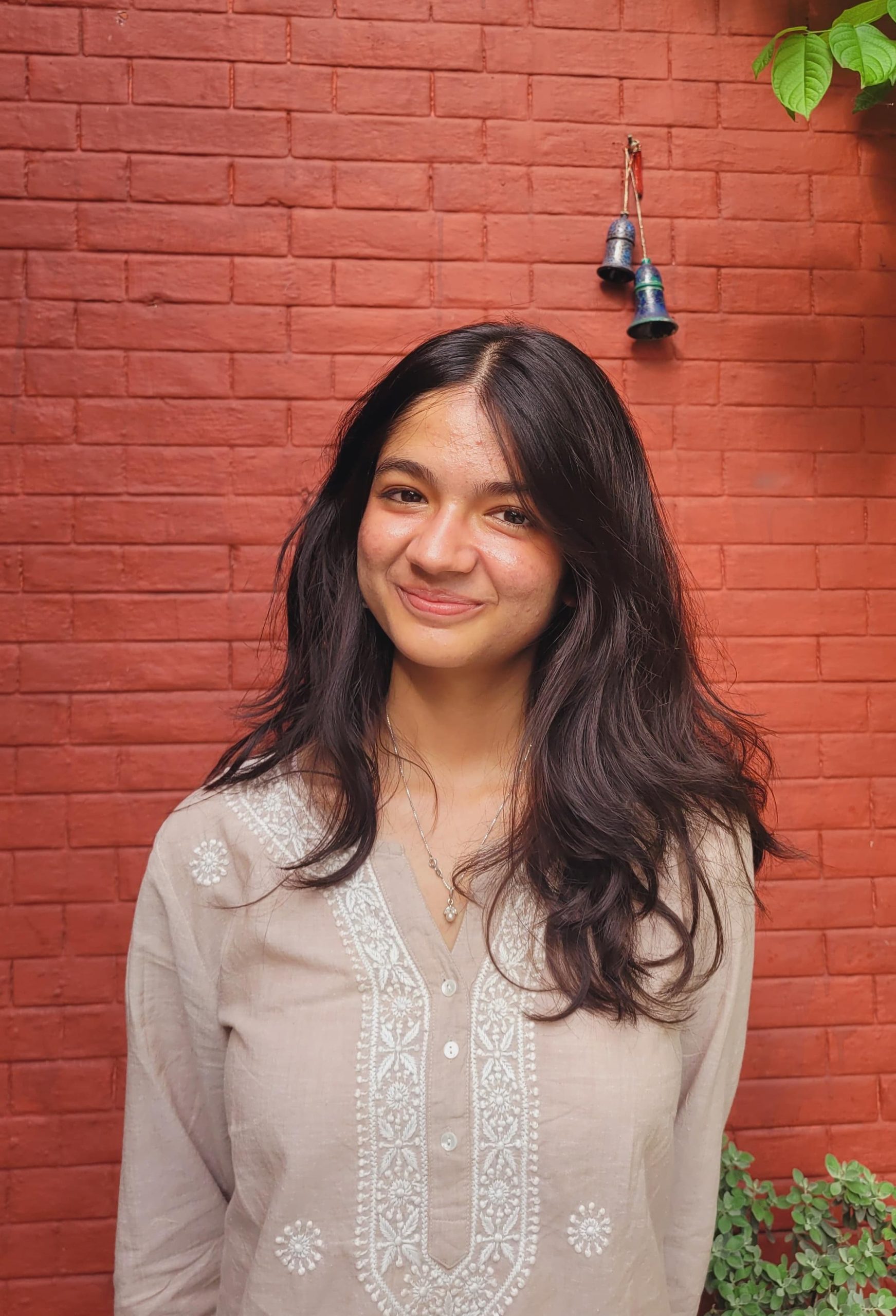
Pari tiwari is a third year english literature student at Delhi University. She is interested in art, Feminism, politics of representation, literature, philosophy, film, and photography.

